We Asked, You Answered: Gardeners Reveal 11 Problem Plants They Regret Ever Growing
From invasive spreaders to pest magnets to high-maintenance troublemakers, avoid these problem plants that cause instant gardener's remorse.

We all know about the usual troublemakers in the garden like bamboo, English ivy, and mint. They spread aggressively, taking over entire garden beds and are notoriously tough to control. But did you know there are other sneaky, less obvious plants that seem harmless at first, until you realize they’ve turned your garden into a complete nightmare?
We’re here to share a list of the worst plants gardeners seriously regret planting. To create this list, we asked our team here at Gardening Know How and scoured the internet for firsthand experiences from real gardeners. From self-seeding plants to invasive spreaders to unruly growth habits, these varieties have definitely earned a spot on the "plants I'll never grow again" list.
If you’re planning a plant shopping trip, prevent a major headache down the road and walk right past these plants you should never buy at the garden center.
1. Chameleon Plant
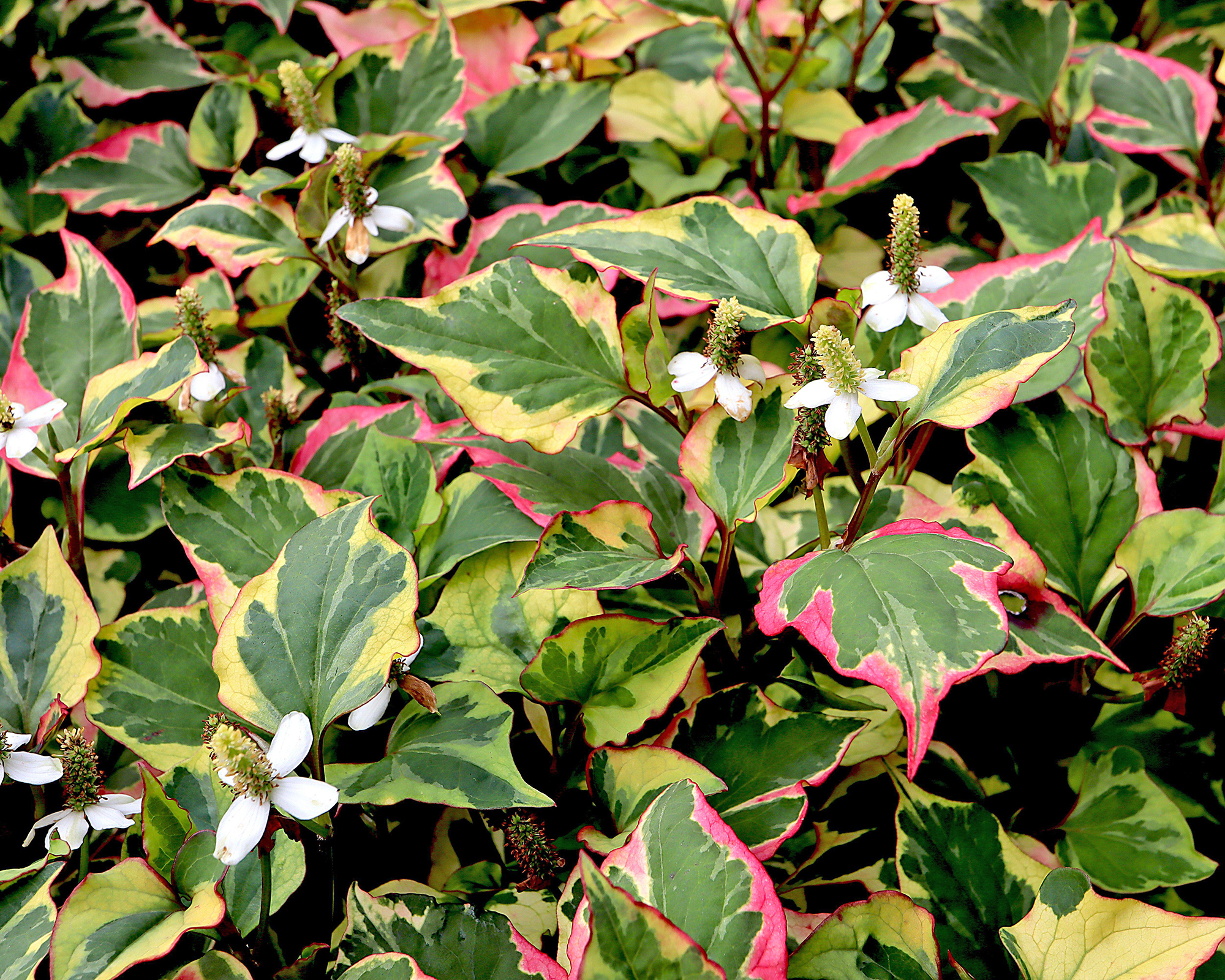
The chameleon plant (Houttuynia cordata) is my ultimate nemesis in the garden. Years ago, when I was working at my local garden center, this plant was incredibly popular because of its colorful, variegated leaves. I gave in and added just one to my landscape but it has now become one of my biggest gardening regrets.
Over the years, it spread fast—really fast—thanks to it’s aggressive root system. Starting with one single plant, within a couple of seasons, it started to pop up everywhere—even in places I never imagined. I’ve tried everything: digging it up (this soil knife from A.M. Leonard on Amazon has been my go-to tool for this and other tough weeds), smothering it, even applying weed killer. But the roots run so deep that no matter what I do, it keeps coming back.
I can tolerate the plant in some areas, but it is now taking over the space occupied by my cherished Ruby Falls Redbud, which you can get from Fast Growing Trees, and becoming an ongoing battle.
While it is a pretty little plant, it needs to be carefully sited and aggressively controlled. But don’t just take my word for it—other gardeners have shared their experiences, too.
Sign up for the Gardening Know How newsletter today and receive a free copy of our e-book "How to Grow Delicious Tomatoes".
Many I heard from said they spent an entire summer digging out Houttuynia. Some even tried covering it with sand and bricks, yet it still returned the following year. Plus, it has as strong and quite unpleasant smell when broken.
2. Rose Of Sharon
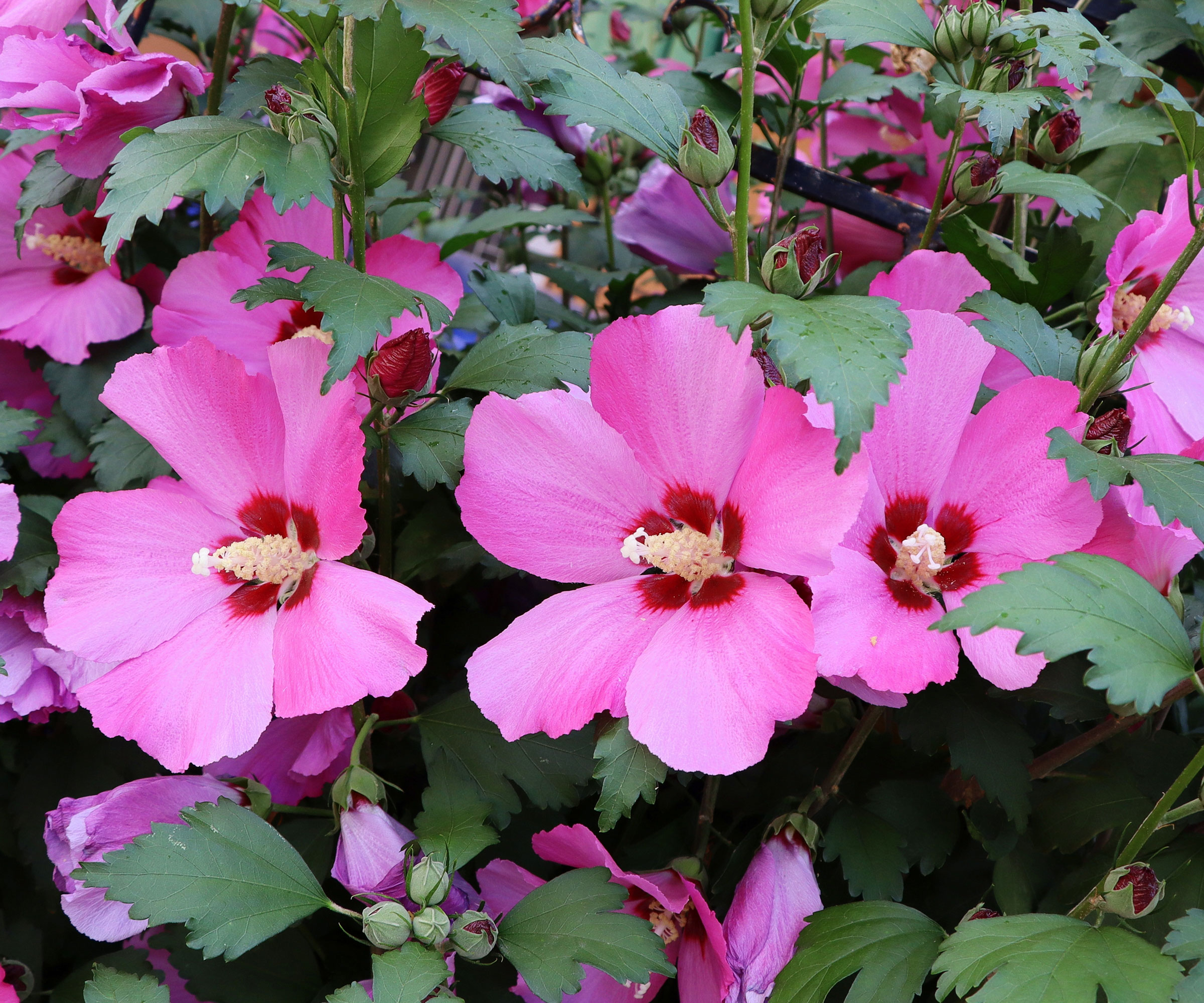
When I asked our social media audience which species they regret planting, one answer came up again and again: the Rose of Sharon (Hibiscus syriacus).
At first glance, it seems like the perfect low-maintenance shrub—it has beautiful blooms, is tough as nails, and thrives just about anywhere. But after a year or two, the regret may start to sink in as this self-sowing flower reseeds like crazy.
You’ll start to notice tiny seedlings popping up all over the garden, from flower beds and pathways to the vegetable patch! And no matter how many plants you pull, more will keep coming. Removing this aggressive garden plant turns into a constant chore just to keep them under control.
One of our readers mentioned that just two bushes turned into a lawn full of sprouts. The infestation was so bad that they’ve resorted to mowing down the seedlings. Others said they’re constantly tugging, pulling, and chopping seedlings as they spread. Even after removing the original plant, volunteers can still return year after year.
Now, if you still love the look of Rose of Sharon, don’t worry—there’s hope! New seedless varieties offer the same beauty without the invasion. These cultivars are a great choice for gardeners who want all the flowers and none of the frustration. Try the 'Azurri Blue Satin' rose of Sharon, which is available at the Home Depot, for a seedless cultivar with stunning purple-blue flowers.
3. Plants in the Cherry Family
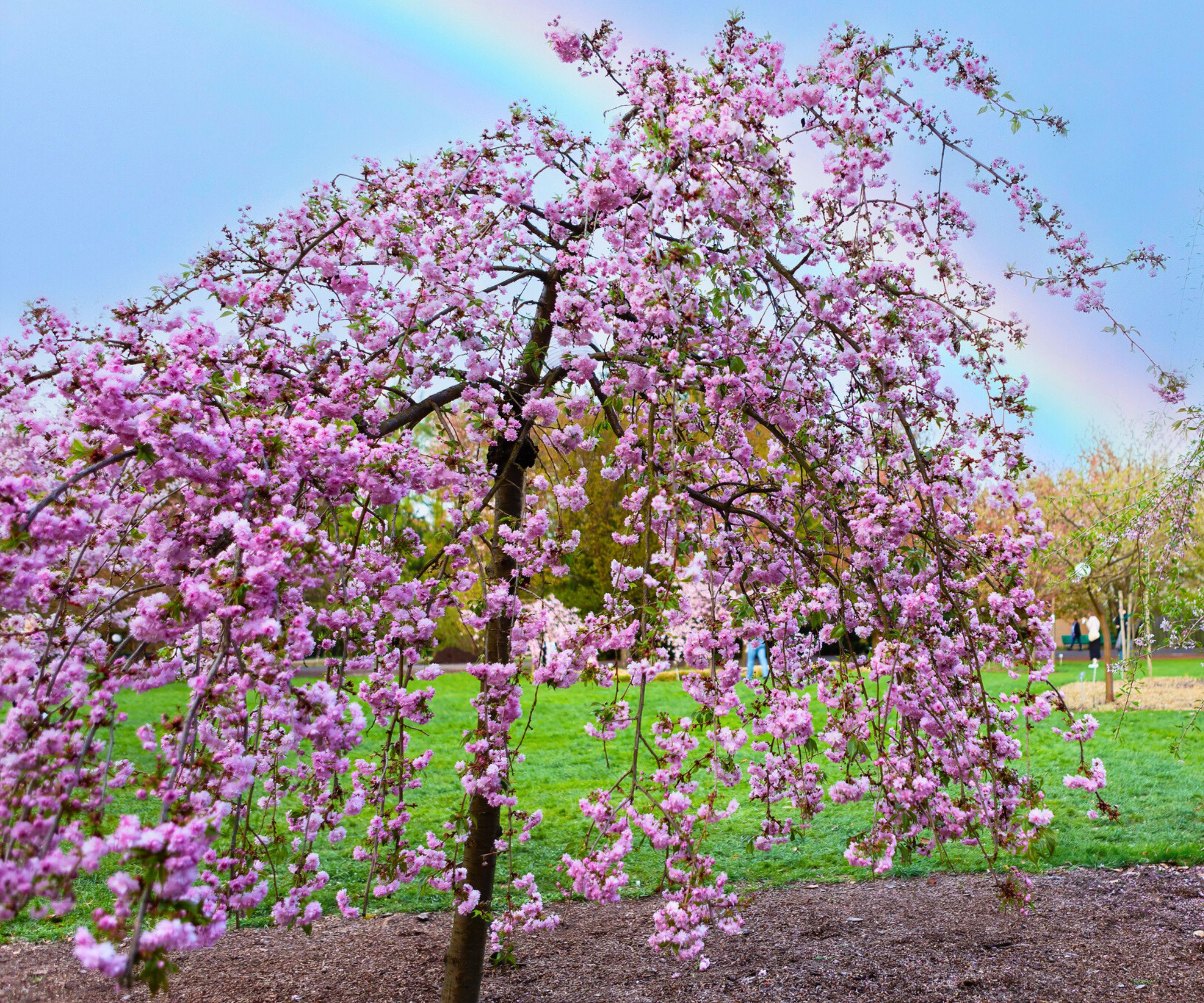
Plants in the cherry family (Prunus spp.) such as the weeping cherry tree or sand cherry, are very popular landscape plants and for good reason. They’re usually easy to grow and provide a burst of spring color.
However, I’ve actually removed all of these plants from my landscape over the past few years and the reason is simple—they became a summer-long headache.
Every single year, Japanese beetles would arrive and devour the leaves on all the plants in the cherry family, leaving behind sad, skeletonized foliage. The beetles taunted me as I tried all the products and home remedies to kill Japanese beetles. But what should have been a focal point of my landscape soon became a constant source of stress.
After removing all the different types of cherry trees from my yard, I barely see Japanese beetles anymore. It’s almost shocking how these plants attract this one particular pest.
4. Sweet Autumn Clematis
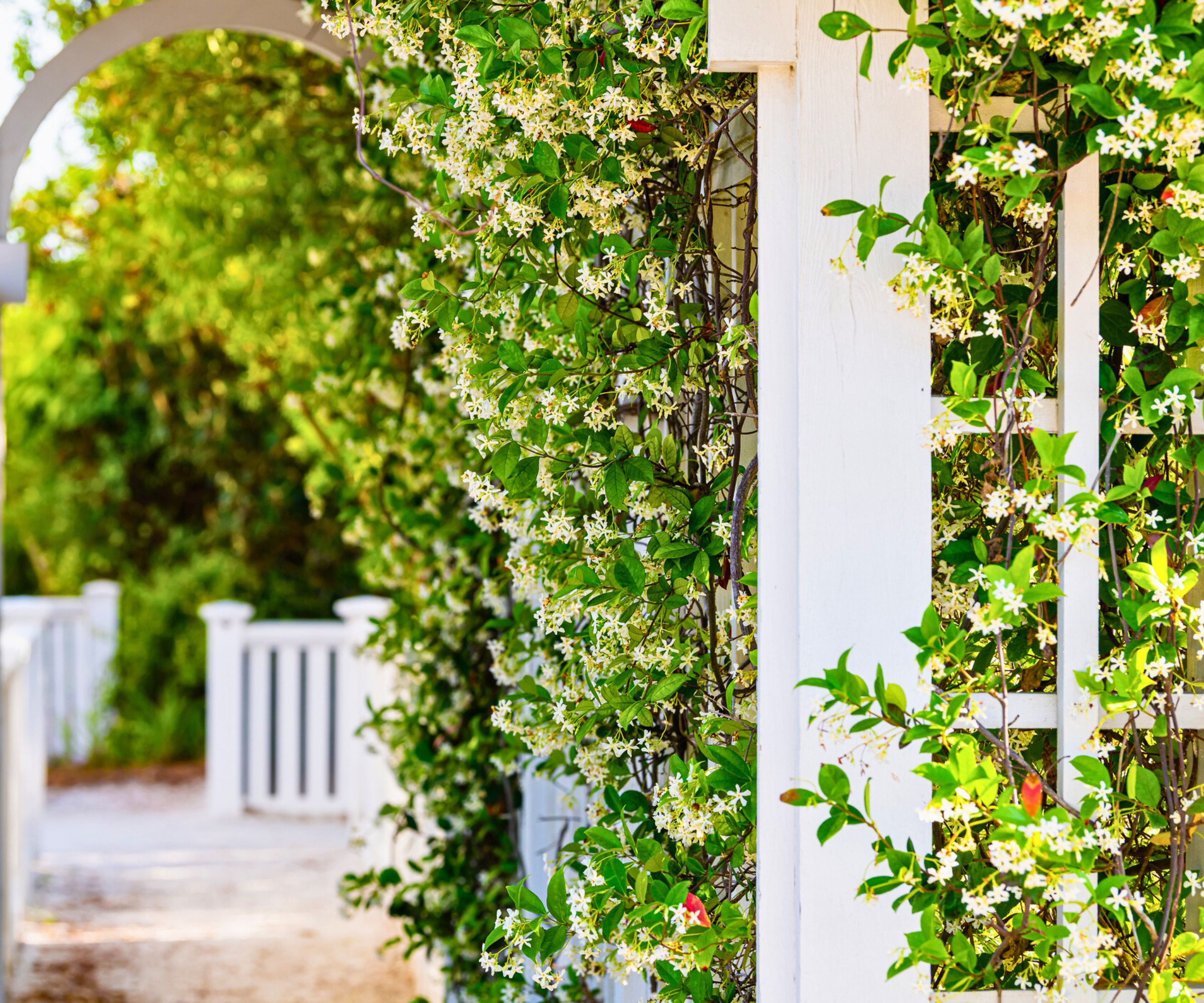
Another plant that may seem harmless at first is the sweet autumn clematis (Clematis terniflora). This type of clematis vine grows quickly, maybe too quickly, and is covered in fragrant white blooms.
However, this delicate-looking climber is a surprisingly invasive vine and refuses to stay where it’s planted. It will quickly over take a trellis or arbor as it climbs, sprawls, and smothers anything in its path. It may even pop up in places you never intended.
Removing it is also very difficult as pulling it out seems to make things worse and encourages more shoots to emerge.
So its no surprise that this particular clematis ends up as a regret for many gardeners. Though some admit that it does smell nice and look beautiful, it eventually becomes problematic. One gardener even reported battling this vine for more than 30 years, only to find it again at their new property!
Luckily, if you love the look of clematis, there are plenty of other varieties that are not only well behaved, but have even showier flowers. Our experts recommend 'Viva Polonia' clematis from the Home Depot. This pretty purple-blooming cultivar flowers for weeks on end and it's low-maintenance to boot.
5. Bishop's Weed
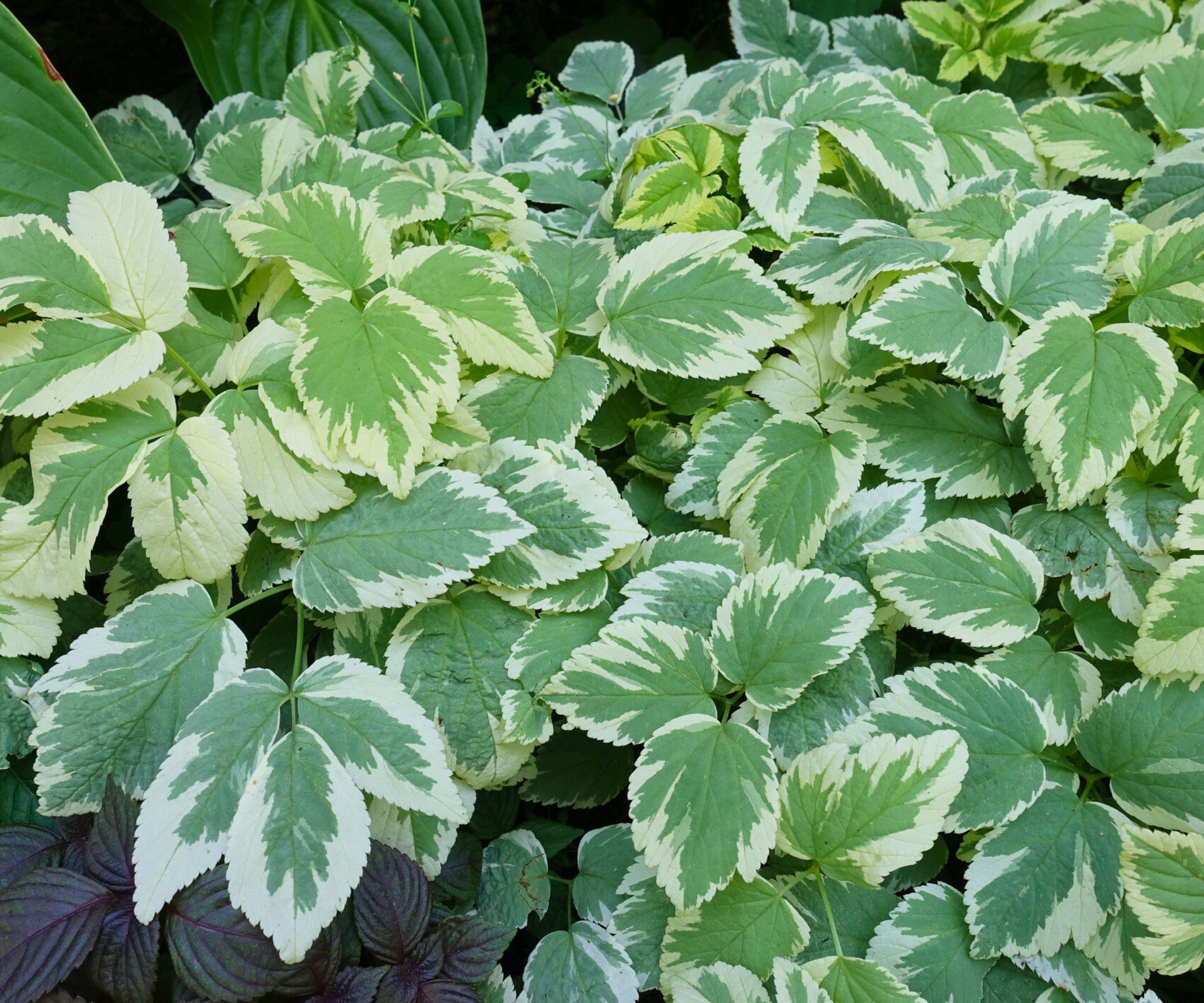
Bishop's weed, also known as goutweed (Aegopodium podagraria), is another one of those plants many gardeners regret planting—even if it initially seemed like a good ground cover variety.
Its variegated leaves can brighten up shady spots, but don’t be fooled. This plant quickly reveals its true nature as a relentless garden thug. It spreads aggressively via underground rhizomes, overrunning flower beds, popping up in lawns, and weaving its way through the landscape.
Once established, goutweed is notoriously difficult to remove. Digging often fails because even one little tiny piece of a root left behind can regrow, sparking a whole new invasion.
Gardeners have mentioned that it creeps beyond fence lines to invade neighboring gardens, forcing them to use 12 inch (30 cm) tall garden edging, like this rust-resistant landscape border from Amazon, to keep it contained.
6. Trumpet Vine
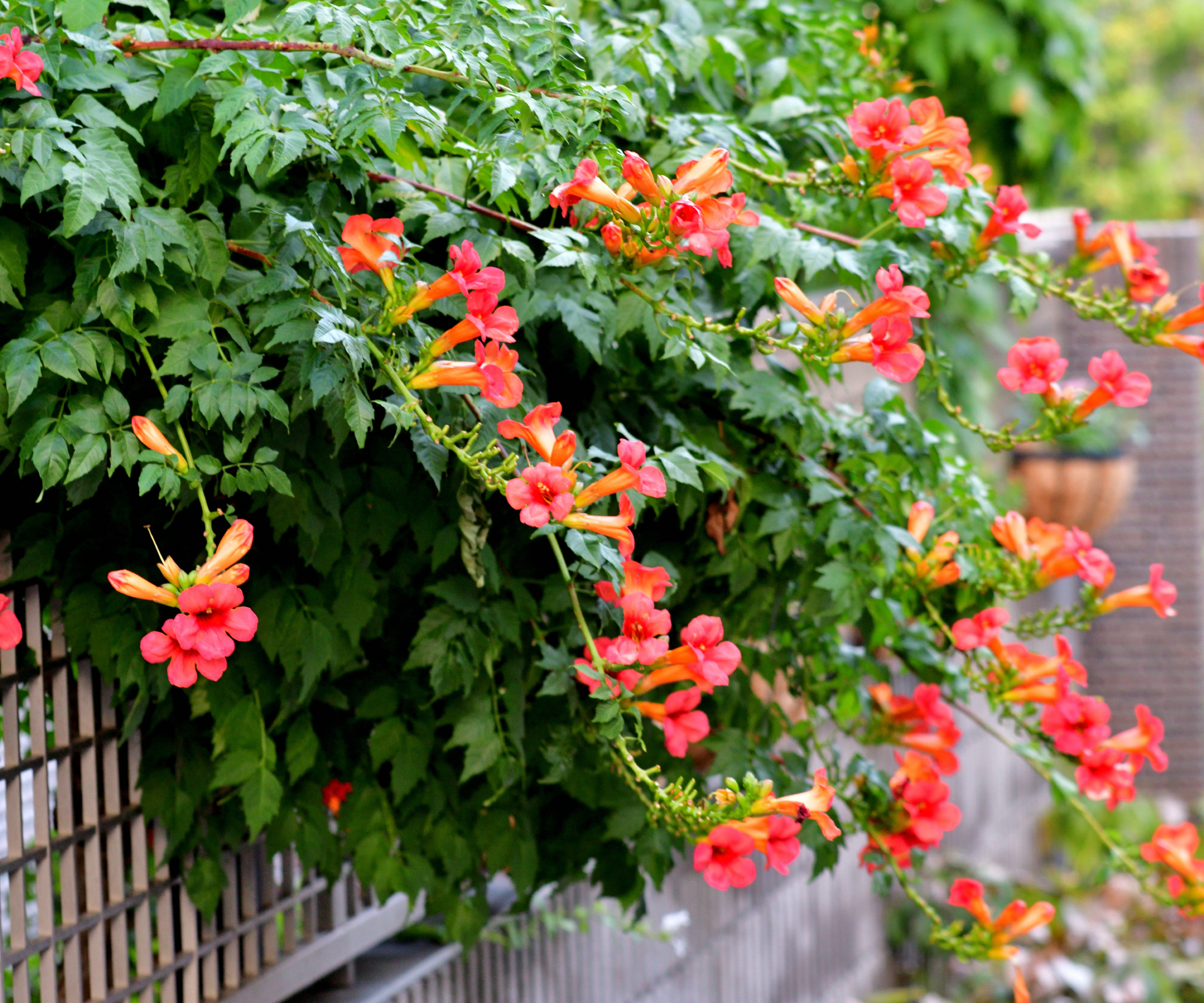
The trumpet vine (Campsis radicans) is another vigorous vine that gardeners soon regret. Even though it is a native plant in the Southeast region of the United States, this vigorous climber can spread aggressively and far beyond its original planting spot.
It grabs onto walls, fences, and trees with it’s tendrils and often damages or smothers nearby plants. Even if you prune trumpet vines hard, the bounces back fast—sometimes even stronger than before—making this plant incredibly tough to control or get rid of it.
It's no surprise that this particular vine received so many complaints when we polled our audience. It is quite clear that many gardeners have had their own battles with it.
One reader called it the "absolute worst" and another said it was a "monster." Trumpet vine was also called a "Jekyll and Hyde" plant because it can grow innocently for years before its aggressive nature takes over.
7. Common Milkweed
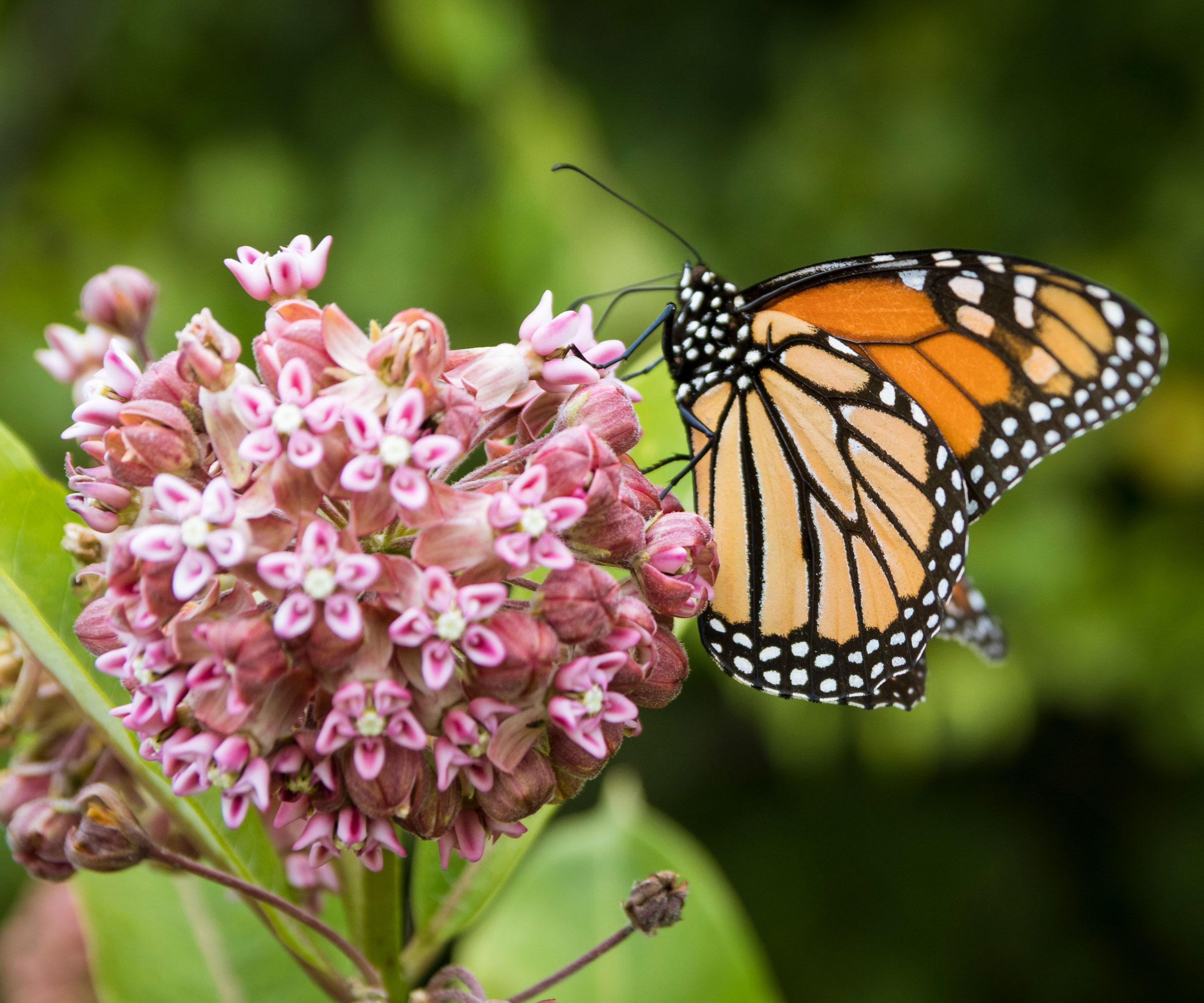
Our team here at Gardening Know How also shared some of their top planting regrets and one surprising entry was common milkweed.
Content Editor Kathleen Walters admits she regrets planting milkweed in her garden beds. She knows how important milkweed is as a host plant for monarch butterflies, but she wishes she had planted it somewhere else or contained it in a potted pollinator garden.
It’s spread everywhere—even into her neighbor’s lawn—and she’s constantly working to keep it under control. This is a classic example of the right plant in the wrong place.
8. Coneflower

The eighth plant on our list may come as a complete shock. Content Editor and fellow video producer here at Gardening Know How, Laura Walters, regrets planting coneflowers in her yard.
Even though coneflowers are supposed to be deer-resistant plants, the animals in her neighborhood keep munching them down to nubs every year unless she sprays them with Liquid Fence, which you can get on Amazon. The spray works great, but it's a huge hassle to constantly battle the wildlife in her yard.
Laura loves coneflowers and always hopes for a summer full of pink blooms, but the deer seem to have other plans. She tried growing coneflowers from seed for about three years before finally giving up. A few plants still sprout, but the blooms are few and far between. When they do appear, the deer eat them within a day or two.
Interestingly, though, Laura gave some of those sprouts to her sister and they thrive now in her deer-free yard.
9. Meadow Sage
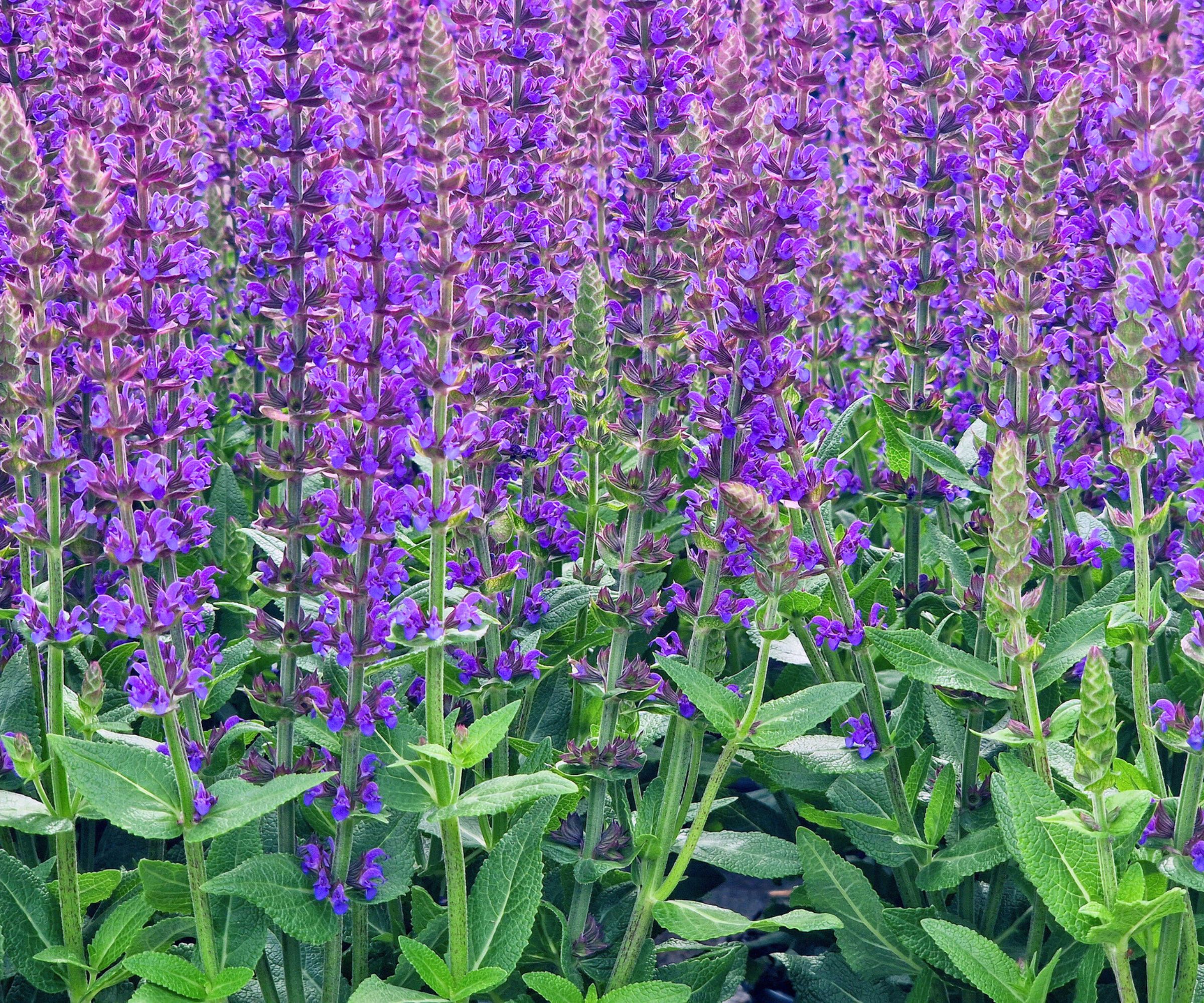
Laura also mentioned perennial salvia for a very specific reason.
She said it looked beautiful for about three years, but since then it looks sad every spring with a big hole in the middle. She’s tried dividing the salvia plant several times and those divisions do fine for a couple of years, but then the same problem shows up again.
It’s not the worst issue, but it’s frustrating to see it lose its fullness year after year. So if you’re buying plants, look for salvia varieties with descriptions like “strong, upright growth” or “resistant to splitting” to avoid this problem.
Try 'Violet Profusion' salvia from Proven Winners at the Home Depot for a plant with a dense, mounded form and striking jewel-toned blooms.
10. Bear’s Breeches
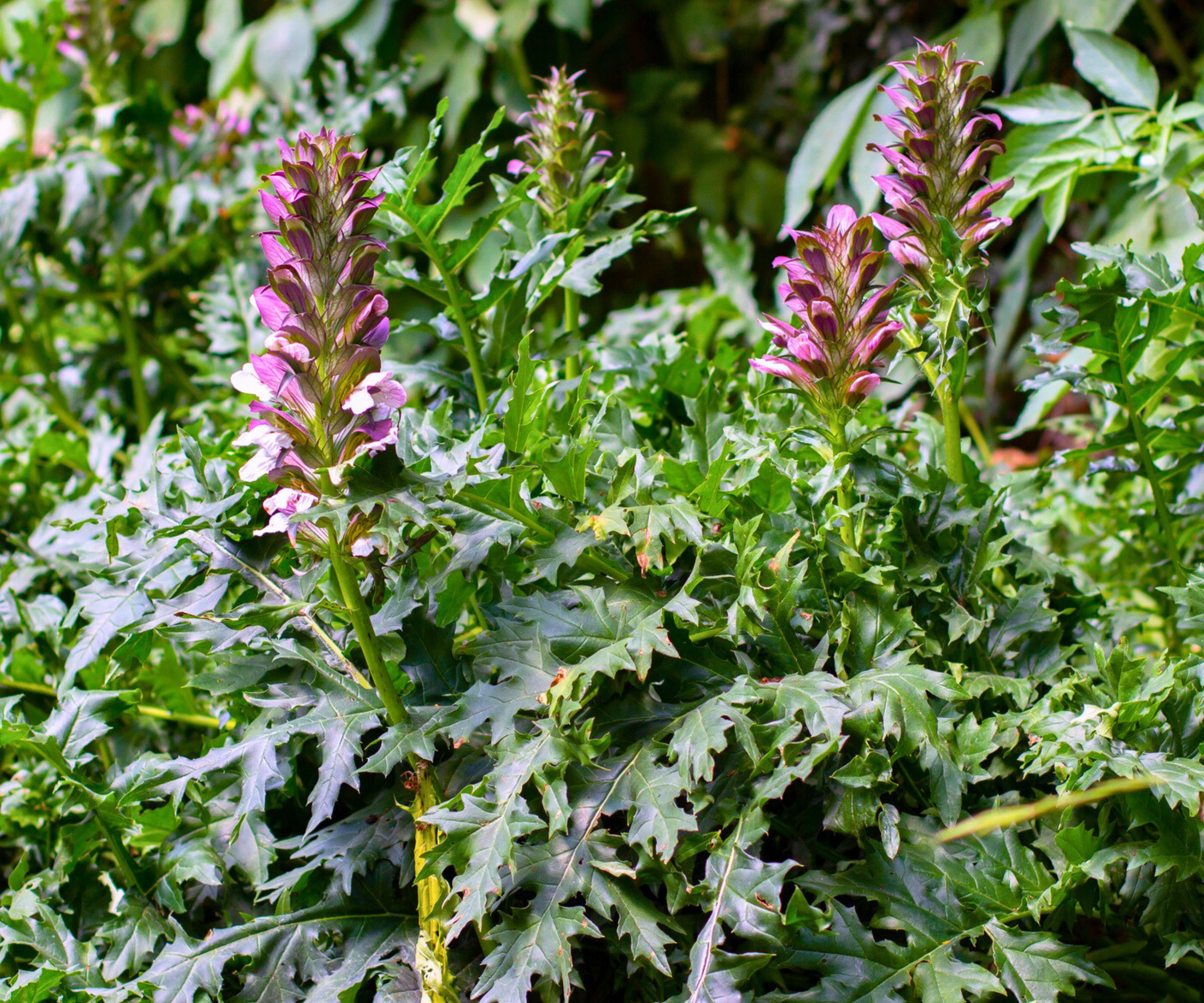
Our Editor-in-Chief, Melanie Griffiths, also shared a perennial plant she personally regrets planting.
Bear’s breeches (Acanthus mollis) may seem plain and lackluster at first, but it grows huge quickly and takes over. Eventually though, it looks wilted, shaggy, and even rots in wet weather.
She tried digging one out, but didn’t realize how tough it is to get rid of. Digging just spreads the rhizomes, creating even more of this less-than-perfect plant. Now Melanie knows the best way to kill it is by smothering, and that’s exactly what she plans to do with the bear's breeches in her garden.
11. Butterfly Bush
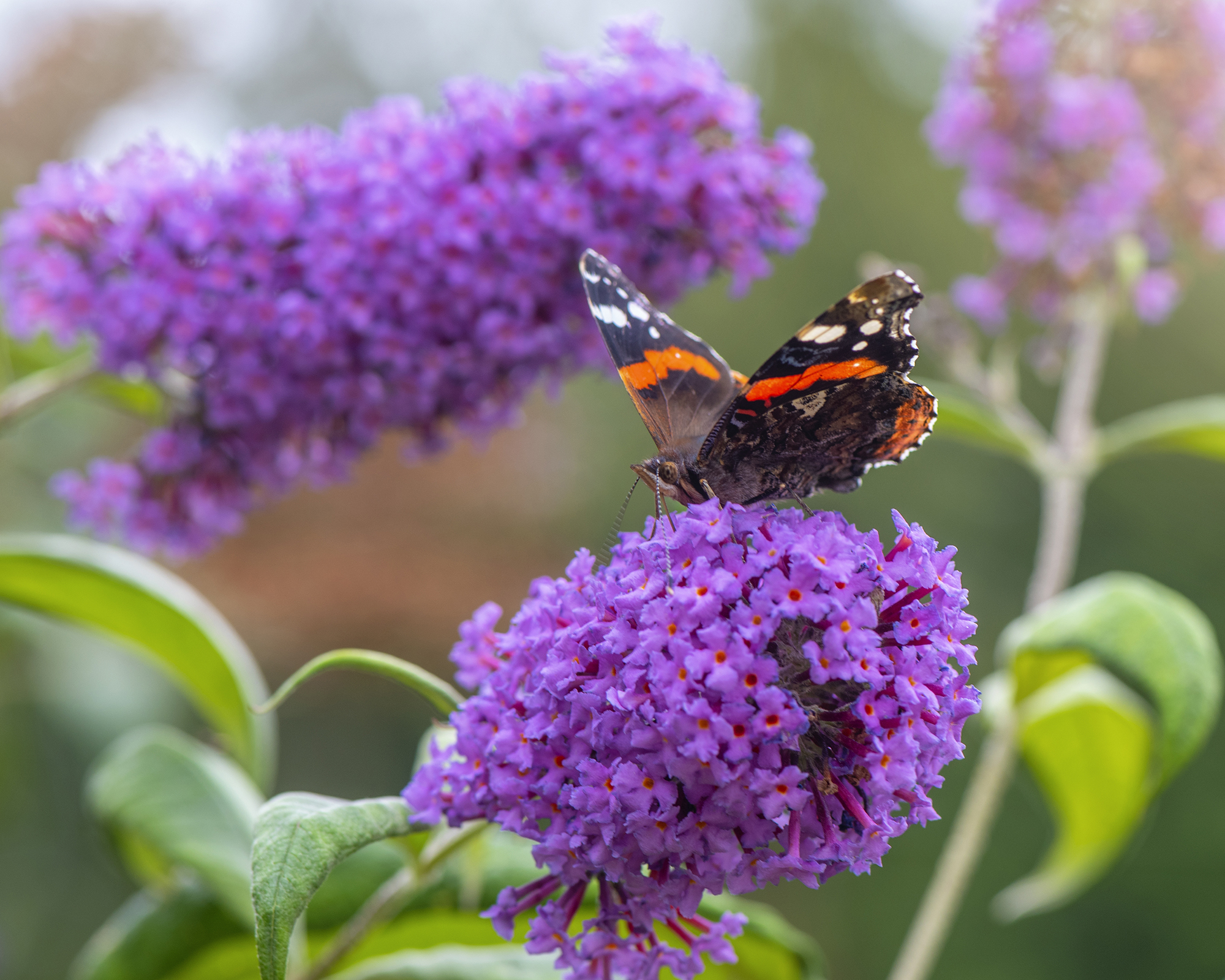
Another plant Melanie regrets planting is the so-called “dwarf” butterfly bush in the front yard. While it’s not the invasive, self-seeding type, it grew much larger than expected and quickly took over the bed.
Pruning the butterfly bush back has been a lot of work and it just keeps growing bigger and bigger. Her plan isn’t to remove it completely, but to move it to a better spot at the back of the garden.
It’s also important to mention that butterfly bush is considered invasive in many parts of the United States, especially in the Pacific Northwest, along the California coast, and in states like North Carolina, Tennessee, and Pennsylvania. So gardeners should be cautious when planting this shrub.
Instead, grow a blazing star plant, which you can get in the Gardening Know How Shop. This native plant has pretty purple blooms that are even better at attracting butterflies.
This article features products available from third party vendors on the Gardening Know How Shop. Keep in mind that our plant inventory is limited—so if you’re thinking of purchasing, don’t wait!

Amy Draiss, Digital Community Manager at Gardening Know How since 2021, seamlessly blends her hands-on gardening experience with a digital green thumb. With roots in family landscaping and management at a garden center, Amy has cultivated expertise in plants, supplies, and customer relations. Residing in the Midwest, Amy tends to her two-acre haven, showcasing a diverse range of trees, shrubs, and perennials. As the Hydrangea Queen, she shares her love for these blooms and imparts gardening wisdom through videos and social media. Beyond gardening, Amy enjoys quality time with her family, travel, and theme parks. Amy's mission is to inspire and advise plant enthusiasts, fostering flourishing gardens for both seasoned and budding gardeners alike.